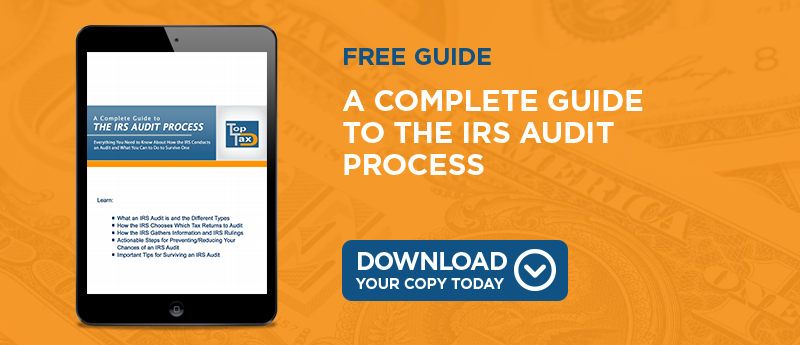
What is an Offer in Compromise?
Put simply, an offer in compromise is just what it sounds like - an offer to pay a certain amount of the tax debt if the IRS will agree to compromise the remainder of the amount due. Taxpayers who qualify for this provision typically get by with just paying 25 to 30 percent of their total tax bill and the IRS writes off the rest. This arrangement is only available for those with legitimate financial hardships that may prevent them from repaying their debt.
Requirements to Apply
In order to apply for an offer in compromise, you'll have to meet one of three criteria. You must either 1) be doubtful about the accuracy of your total debt, 2) be able to prove that it is extremely unlikely that you'll ever be able to repay the debt, or 3) make a valid argument that enforcing the repayment of the debt would create a financial hardship on its own. Usually disabled individuals or elderly taxpayers qualify for condition 3 since they may be living on a fixed income.
How to File an Offer in Compromise
If you want to file an offer in compromise, you'll have to complete IRS Form 656, which formally requests the arrangement. On this form, you'll need to offer a percentage of the tax as a condition of the agreement. Generally, you'll have to include at least 20 percent of your total debt along with this form. Along with Form 656, you may need to file Form 656-A to provide detailed information about your income level if you are unable to send in the 20 percent minimum. If you're self-employed or if you own a business you'll also need to complete Forms 433-A and 433-B.
In short, applying for an offer in compromise can be a tedious and difficult process. For this reason, it's generally best to retain the services of a qualified tax specialist to help you through this process.




